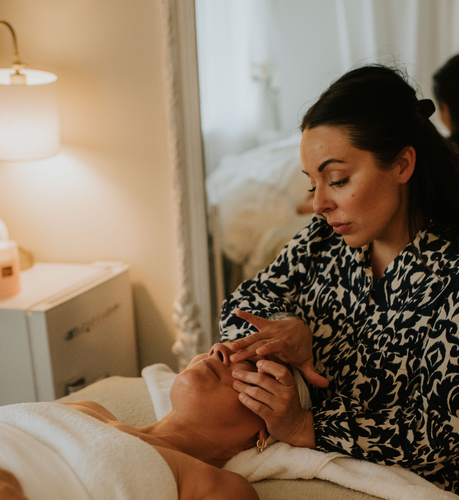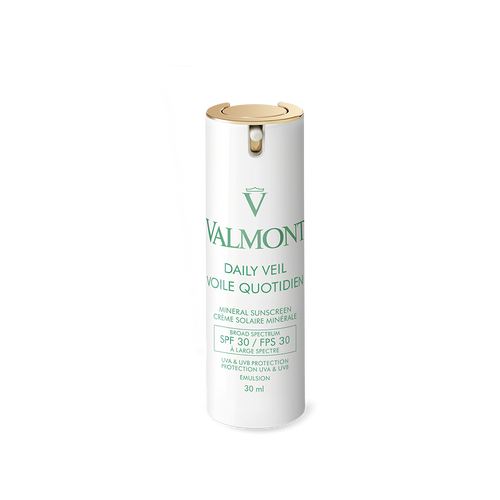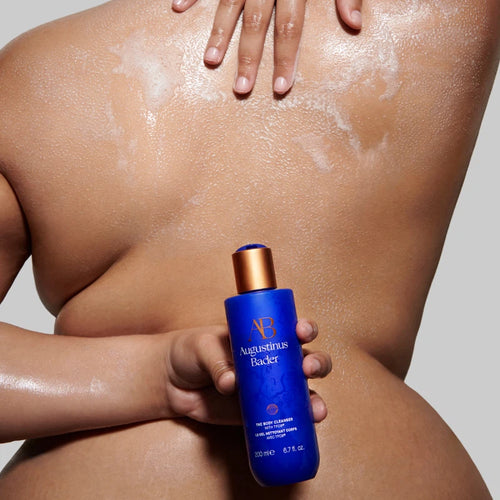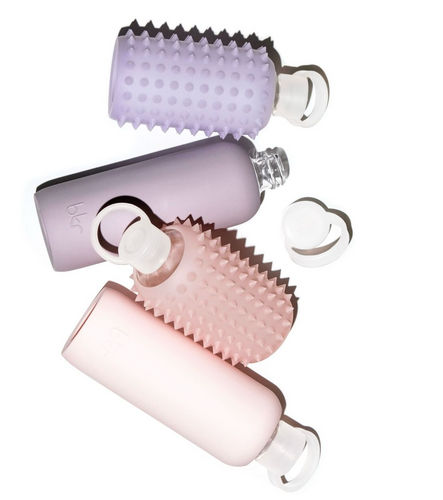If you have tried everything else to help reduce deep wrinkles and facial scarring, but nothing has worked, microneedling might be an option to consider.
What is microneedling?
Microneedling is a minimally invasive procedure involving tiny needles that create a wound with thousands of almost invisible punctures in the skin. The procedure is also known as collagen induction therapy (CIT) or percutaneous collagen induction (PCI).
When your skin is injured, it naturally responds to healing by producing an abundance of collagen and elastin. However, the major problem is that the healing process is rarely explained as part of this procedure.
It all began by inducing injury to repair the skin.
It all started in 1952 with Michel Pistor, a French physician who first developed the mesotherapy technique. Mesotherapy is a medical procedure where highly superficial injections of small doses of medication are locally injected at the site where the disorder or pain occurs." For this reason, it is a therapy reserved exclusively for adequately trained physicians.
Mesotherapy and microneedling are similar in that they create microchannels to stimulate the skin. The difference is that mesotherapy is performed by a medical professional to deliver medication through to the deeper layers of the skin, and microneedling treats severe scarring and deep wrinkles.
Let’s talk about the skin.
The average thickness of the epidermis and the dermis varies throughout our body. The skin on the face is approximately 1.4 mm in thickness, and overall, it begins to thin every ten years by about 6% as we get older.
So, because of this, the importance is not going too deep; otherwise, you will go too far and reach the hypodermis, where the blood vessels are slightly larger than in the dermis causing bleeding. When the bleeding is too heavy, not only do you have a higher risk of infection, but it won't be the same repair as collagen induction therapy.
Although microneedling has gained popularity in the beauty world, proper education by your skincare professional is required when considering this procedure.
Is microneedling safe for everyone?
At Loshen & Crem, integrity is what we live by - integrity of the skin and how we educate our clients.
Your skin protects your organs, tissue and muscles from external factors. Therefore, treating it well will encourage cellular turnover and healthy skin.
The first step would be a consultation to evaluate your skin and look at other possible less invasive treatments. Microneedling would be our last recommendation for treating deep wrinkles and acne scarring. The consultation process is very in-depth and considers other health factors, including medications, supplements, health conditions and current skincare products you are using.
Although microneedling is a safe and effective procedure when performed by a professional, it is not for everyone. Those with sensitive skin and skin issues such as rosacea, eczema, acne, dermatitis, and diabetes, should avoid microneedling due to how it aggravates the skin and increases inflammation.
Those on blood thinners and certain acne medications are also not suitable candidates for this treatment. Microneedling should never be performed on acne-activated flare-ups, as this can further infect the skin by transferring bacteria into the open wounds.
Certain risks are associated with this treatment, including infection at needle insertion points, hyperpigmentation (dark spots) from increased melanin production after injury, hypopigmentation (loss of colour), scars from inflammation around injection sites leading to keloid scarring.
It's essential to consult with your skincare professional to see if you are a good candidate for this treatment.
Are at-home devices safe to use?
As the field of skincare continues to evolve, so has accessibility for at-home devices such as derma rollers and microneedling pens. However, the efficacy of these devices isn't as results proven as professional equipment because their angle of penetration constantly changes; there is more risk of scratching the skin rather than stimulating its good repair.
In esthetic clinics, microneedling devices utilize disposable single-use needles. Unfortunately, at-home microneedling devices are impossible to clean properly to avoid the risk of infection. Remember, you are creating tiny holes in your skin and the area where you do your microneedling should be as clean and sterile as an operating room.
What to expect and how to care for your skin before and after microneedling.
Preparing your skin for microneedling will provide the best results and reduce the risk of side effects, and knowing what to expect can put your mind at ease.
Pre-treatment tips:
- Avoid alcohol consumption 48 hours before appointment as this thins the blood, increases bleeding and bruising.
- Discontinue use of exfoliants and acids such as retinol, AHA's, etc. up to 7 days before the appointment
- Avoid direct exposure to sun and tanning beds 72 hours before treatment. Also, no self-tanning products as these can cause a tattoo effect with microneedling.
- Avoid taking ibuprofen seven days before treatment - acetaminophen is safe to use up to and including the day of treatment.
What to expect during treatment:
Your skin care professional will begin your treatment with a numbing cream to decrease sensitivity. You can expect to feel a slight burning sensation accompanied by tightness, and the skin will appear as though it’s been sunburned and will only last for a few days. Aftercare will be imperative to healthy healing.
Aftercare:
- Your skin may feel sensitive for a few days, and peeling or flaking is normal as cells turnover. NO PICKING! Treat it gently with products recommended by your esthetician or dermatologist.
- Avoid prolonged exposure to UV rays for at least two weeks after treatment. You can apply sunblock after the first 24 hours.
- You can use acetaminophen to help with pain or discomfort, but avoid NSAIDs for the first week.
- Apply a thin layer of Vaseline or Aquaphor for the first 24 hours to create a protective barrier.
You can expect to see skin tightening and pore reduction after one treatment, but full results will continue to improve over a few weeks. Like many procedures, you may require more than one treatment for maximum results, particularly when treating scar tissue. Results can last for months and be repeated every year as part of your regular skincare treatments.
It comes as no surprise that microneedling has become one of the most sought-after treatments for deep wrinkles and scarring, producing dramatic results. If you're considering this treatment, we recommend booking a consultation with our skin expert at Loshen & Crem today to see if microneedling is for you!
















Leave a comment